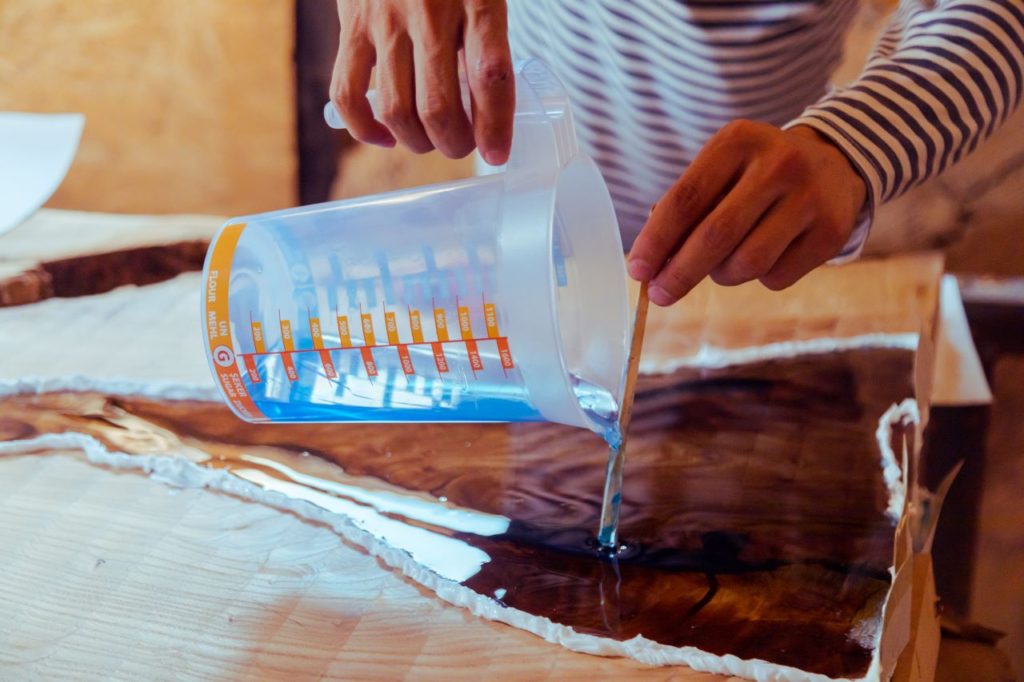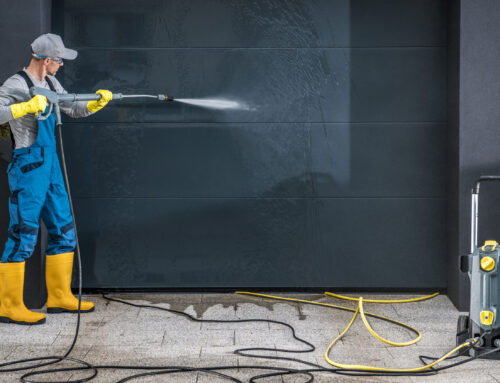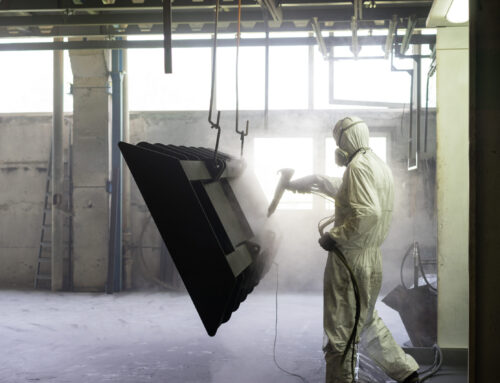Epoxy provides a wide range of benefits for certain types of painting projects. With so many options available, having an in-depth understanding of the safest epoxies will make working with it a stress-free process.
Key Safety Measures for Working with Food Safe Epoxy Resin
The Food and Drug Administration (FDA) works to protect public health by authorizing the safest materials for a vast array of uses. Anytime you work with food grade epoxy, looking for the best food safe epoxy resins that are FDA approved will assist you in ensuring that your materials are safe.
It is important to be mindful of the proper safety seals when looking for food safe epoxy. Depending on the type of surface you are working with and your project goals, the type of epoxy you use matters – especially when it comes to items and spaces that come into contact with food.
In fact, there are many types of epoxies that are not FDA approved. This is typically due to what the epoxy will be used for, as many epoxy types are not BPA free. Exposure to BPA poses major health and safety risks, therefore, you must be aware of the intended use of your chosen epoxy.

Types of Epoxy Resin
With such a broad spectrum of options and benefits, understanding which features are best for your specific project types and environments reduces the stress of feeling overwhelmed with choice.
Stone Coat Art Coat Resin
Stone Coat’s resin offers many diverse benefits. It is well suited for art projects, is food safe, and highly resistant to wear over time.
In terms of epoxy, this type is relatively easy to work with. In addition, it is food safe, meaning that it can also serve for practical purposes, as well as for artistic ones.
ZDSticky Epoxy Resin
The ZDSticky epoxy resin is most notable for its thicker, more durable quality. This type of epoxy may be best used when working with repairs for materials that are regularly in contact with food.
One prominent detail to keep in mind when working with ZDSticky epoxy resin is that, although the company lists the curing time as 24 hours, it may take a longer period of time for the epoxy to fully cure. This is completely normal, and likely due to its rather thick texture.
Max CLR Grade Epoxy Resin System
As a resin system, Max CLR grade epoxy works using multiple elements in the process. With an epoxy and resin or hardener, the food safe coatings provided by this type are suited for a range of surface types and sizes.
The Max CLR grade epoxy system is also highly advised for projects and surfaces that tend to be at risk for receiving impact damage. However, even food safe epoxies should not be used for surfaces that will regularly come into contact with sharp objects, such as knives.
While the Max CLR grade epoxy resin system is very durable against risks such as impact damage, it is important to be aware that this type should not be overheated or often exposed to high temperatures in order to ensure that it remains safe and functional.
The Sanitary Importance of Food Safe Epoxies
Because epoxy serves an extremely versatile range of uses, it is important to be aware of the most optimal choices regarding food safety.
Epoxy provides many beneficial features for food processing or working in contact with food regularly. Once properly cured, epoxy types that are food safe may be used for an immense array of aesthetic and functional purposes. With the knowledge of the safest options regarding food safe epoxies, ensuring that sanitation and health are held as a top priority is a much more efficient process.
Ready to Get Started?
Have questions about your project or need a quote? We’ve got someone ready to help you.



